This year I decided to grow out the Sikkim Cucumber. The whole reason for this was to try out something different. Up to this time, I have been primarily focusing on cucumbers grown immature as melons and I felt that there are some other indigenous cucumber varieties that may need some attention.
The Sikkim cucumber is what I would call a Himalayan mountain variety. This is a variety that has been grown in the Himalayan mountains for a long time and has a dark flesh when mature. These varieties are often characterized by their tolerance to cool nights and their superior storage properties. I suppose you could call them “winter cucumbers” for their ability to last over a month in storage.
The seed I received of this variety did require a little bit of cleaning up. There were a couple rouge seeds of another cucumber variety that I pulled out over time and I needed to discard some cucumbers that had set near those vines in order to eliminate cross-pollinated vines.
The taste of the Sikkim is very mellow and the texture is very smooth. While the outside does get a bit hard, the inside flesh remains good for quite a while. Once the cucumber matures, the fruit begins to soften and the flesh around the seed cavity begins to turns a bit sour.
Unlike some other cucumber varieties I grew this summer, the Sikkim was late to give out its germplasm. The first 10-20 fruits only had 10-20 seeds at most, while most had much less – sometimes none at all. I have encountered this with other heirloom varieties and have wondered if the variety has some parthenocarpic qualities or was just picky.
In the case of the Sikkim, there were not even seed pods, so it was entirely possible that there was no pollination at all. Or perhaps there is a time in the life of the fruit during which the flower is still receptive to pollen, but is past the time of being able to receive pollen for production. For whatever reason it may be, those who grow Sikkim may want to just consume the first flush of fruit prior to trying their hand at seed production.
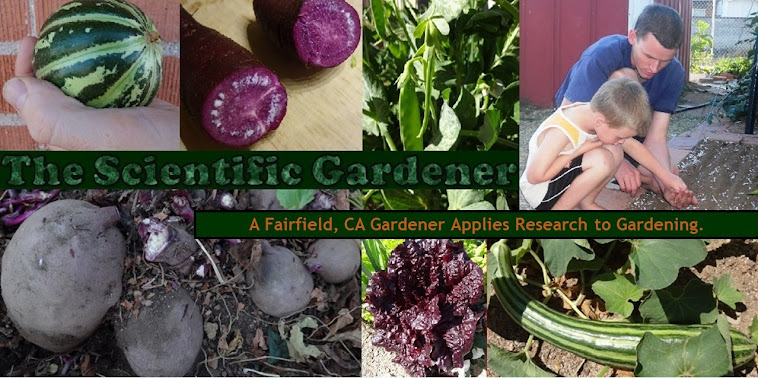


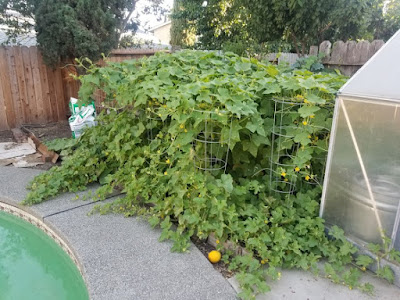




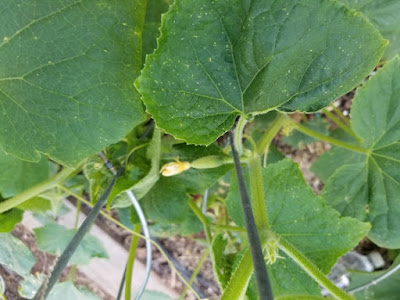







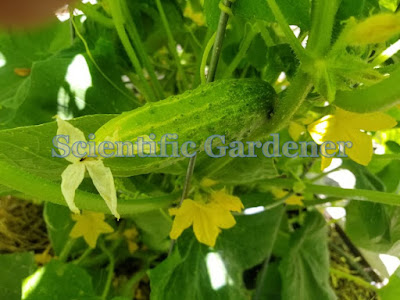



















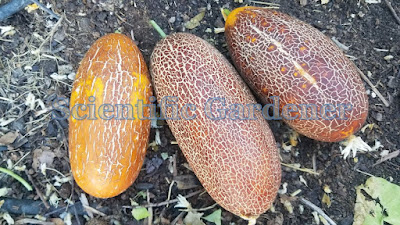





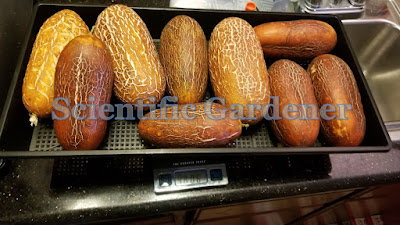

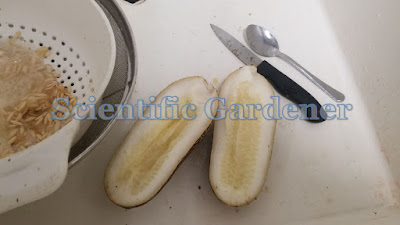





No comments:
Post a Comment
Dear Gardening Friends,
I look forward to learning more about gardening with you. Your comments help me recognize that gardening is a life-long journey.
To advertisers: Note that this blog is concerned with gardening and gardening techniques. Please do not attempt to advertise here by leaving a comment. Depending upon how egregious the comment is, it may be deleted.